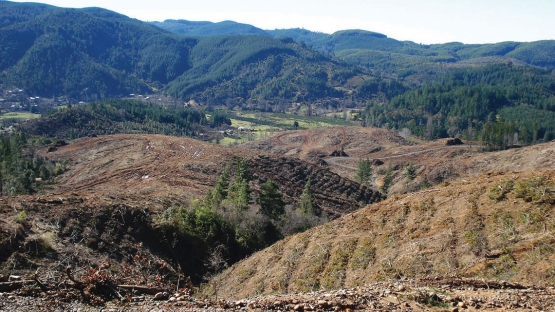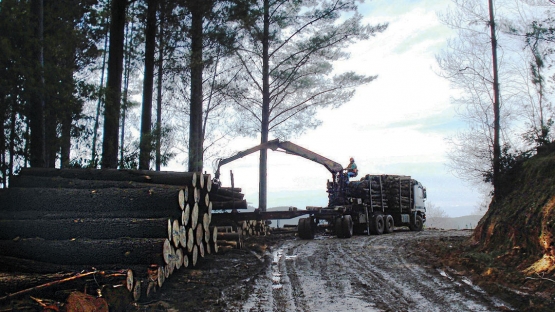The forestry sector has become a driving force in Chile’s national economy, with exports increasing from approximately US $4 million in 1970 to US $5.9 billion in 2011. However, the intensification of commercial forest and agricultural production in southcentral Chile has increased soil erosion and associated water pollution due to sediment delivery from the vast disturbances caused by forest harvesting and replanting activities. A programme supported by the Joint FAO/IAEA Division and the Government of Chile, is using fallout radionuclides (FRNs) and compound specific stable isotope techniques to trace the sources of sediments, in an effort to further develop soil conservation strategies.
In the commercial forest areas of south-central Chile up to 3.9 tonnes of soil per hectare are lost to erosion each year after tree harvests. This is 78 times higher than erosion losses of undisturbed closed forests, which lose only 0.05 tonnes per hectare per year. This erosion poses a major threat to Chilean soil conservation and impacts government efforts to further intensify the forestry sector, which, in 2013, accounted for 7.4 per cent of the country’s total exports. With the increasing occurrence of extreme and erratic weather events due to climate change, combined with the area’s long and steep slopes, erosion may even be as high as 100 to 120 tonnes per hectare per year.




